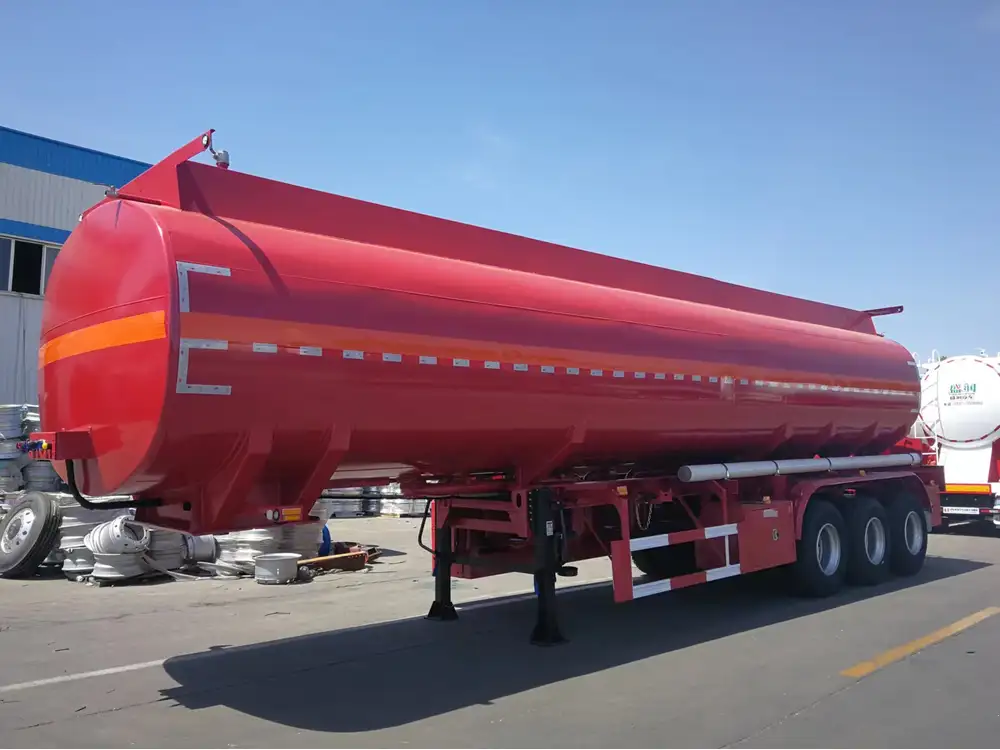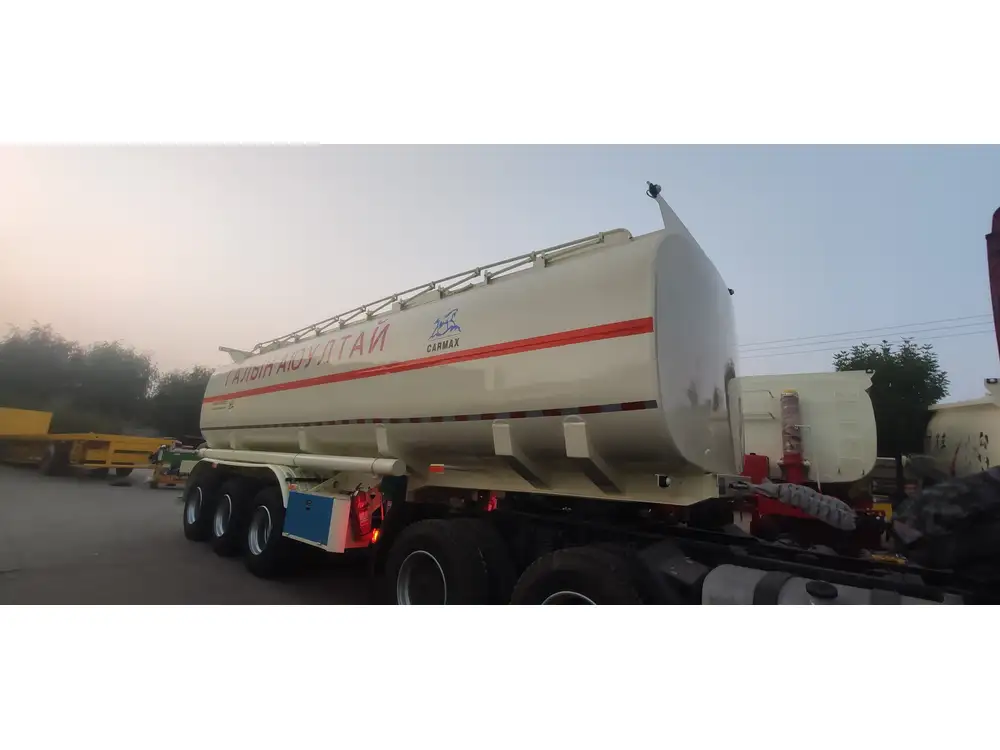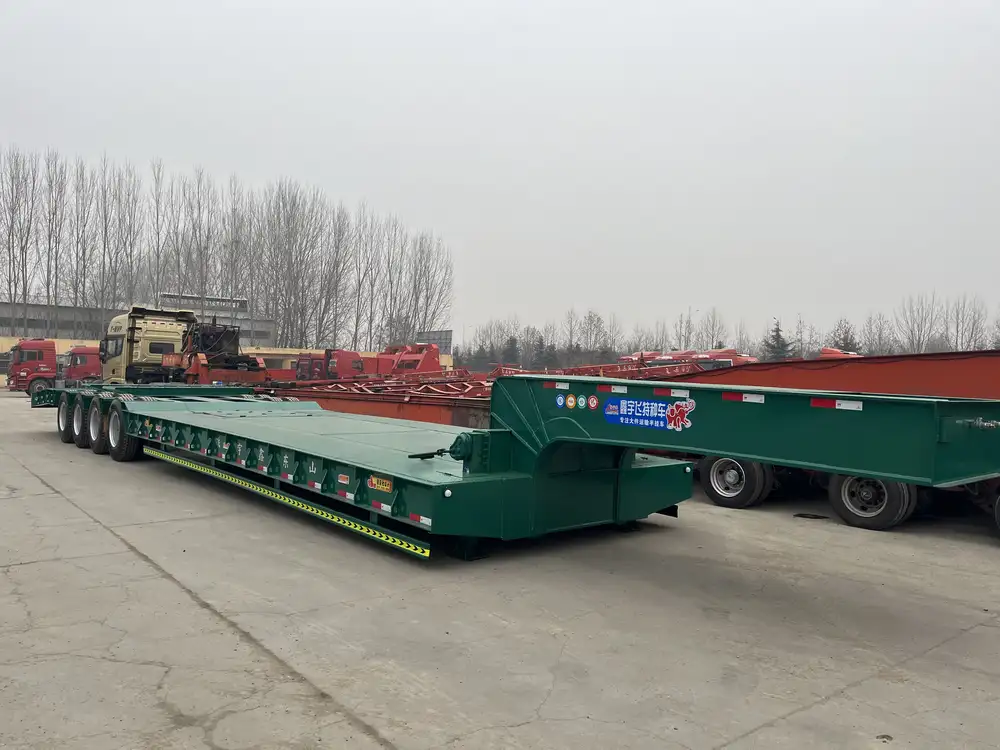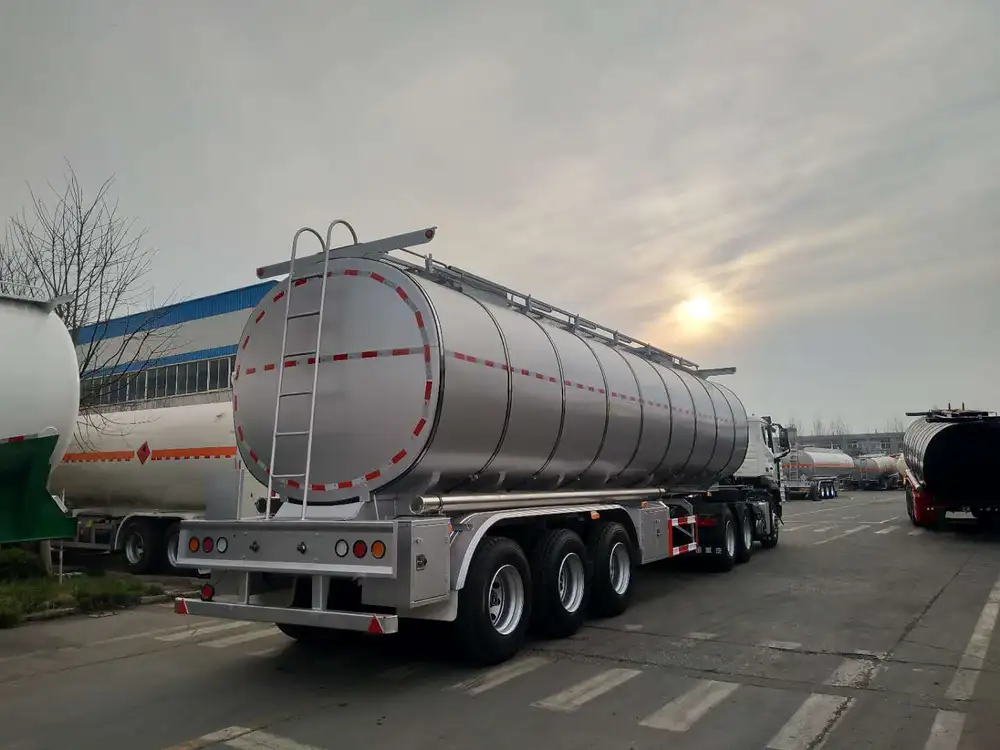The interaction between a semi-truck and trailer is a critical aspect of logistics and transportation. Ensuring a seamless connection not only maximizes efficiency but also enhances the overall safety of logistics operations. However, some drivers and operators can often face issues that obstruct this connection process. This guide provides detailed insights into troubleshooting, effective techniques, and valuable tips for overcoming the common barriers when connecting trailers to semi-trucks.
Understanding the Basics of Semi-Trailer Connections
A semi-trailer is a type of trailer that cannot stand alone but relies on the power unit, typically a semi-truck, for mobility. Understanding the intricate design of these connections is vital for ensuring the successful coupling of a trailer.
Key Components of a Trailer Connection
| Component | Description |
|---|---|
| Fifth Wheel | The circular plate mounted on the truck that supports the trailer. |
| Kingpin | A vertical pin at the front of the trailer that locks into the fifth wheel. |
| Safety Chains | Chains that provide additional security to the trailer connection. |
| Air Lines | Hoses that provide air pressure to the trailer’s braking system. |
| Electrical Connector | Supplies power to the trailer’s lights and brakes. |

The Importance of Proper Alignment
Ensuring the correct alignment between the truck and trailer is crucial. A misaligned connection can lead to various issues, including improper locking of the kingpin into the fifth wheel, which can further complicate the connection process.
Key Steps for Proper Alignment:
- Positioning the Truck: Approach the trailer slowly in a straight line.
- Height Adjustment: Ensure the height of the truck’s fifth wheel matches the trailer’s kingpin height.
- Visual Check: Ensure the truck’s bumper lines up with the trailer’s front.
- Final Alignment: Tweak the position of the truck until the kingpin is directly above the fifth wheel.
Common Issues When Connecting a Trailer
Despite the straightforward nature of connecting a trailer, several issues could arise. Being proactive in identifying potential problems can save time and reduce frustration.
1. Incompatible Equipment
This is possibly the most straightforward yet frequently overlooked issue. The specifications of the semi-truck and the trailer must align to ensure compatibility.
- Solution: Always verify the specifications of the truck and trailer before attempting to connect. Knowing the weight ratings and the load capacity can guide operators in choosing the suitable equipment.

2. Dirt and Debris on Connection Points
Dirt, debris, or rust can accumulate on the fifth wheel or kingpin, preventing proper locking.
- Solution: Regularly clean both the kingpin and fifth wheel using just the right tools, ensuring a smooth surface for connection.
3. Air Brake Issues
In some cases, the internal components of the trailer’s air brake system can fail, making it difficult for the connection to be secured.
- Solution: Conduct periodic checks of the air brake system. Test the brake air compressor and inspect the brake lines for leaks or damages.
4. Electrical Issues
Many modern trailers use an electrical connection to power lights and brake systems. A faulty electrical connection can hinder operational capabilities.
- Solution: Inspect the trailer’s socket for corrosion or damage. Test the electrical connection manually to ensure it’s working correctly.

Step-by-Step Connection Process
Step 1: Preparation
Before any connection is attempted, proper preparation is key to minimize challenges.
Inspect Both Units:
- Conduct a thorough inspection of both the semi-truck and trailer components.
- Verify lights are functioning correctly.
Check Weight Distribution:
- Ensure the weight is distributed evenly, minimizing the risk of sway once connected.
Step 2: The Connection
Align the Truck: Approach the trailer slowly and steadily.
Parking Brake Activation: Engage the parking brake on the truck to stabilize the vehicle.
Bring Down the Trailer: Lower the trailer’s landing gear to the ground adequately.
Engage the Fifth Wheel:
- Slowly back the truck towards the trailer, aligning the kingpin with the fifth wheel.
Audible Click: Listen for the audible click indicating the kingpin is locked into the fifth wheel.

Step 3: Post-Connection Checks
Once the trailer is connected, conduct the following checks before moving:
Check for Secure Connection: Pull forward slightly and ensure the trailer appears secure.
Test Air and Electric Lines: Use the truck controls to check that brake lights engage correctly, and verify air pressure levels.
Step 4: Adjustments
If the connection feels loose or unstable, adjustments might be necessary:
- Raise or lower the trailer landing gear.
- Re-align the trailer and truck if necessary.
Tips for Smooth Trailer Connections
- Practice Makes Perfect: Regular practice will make the connection process second nature.
- Training Programs: Consider enrolling in professional training programs for drivers.
- Consult Manual Guides: Don’t overlook the owner’s manuals for specific connection steps relevant to your equipment.

Common Myths and Misconceptions
Myth 1: You Can Force a Connection
Forcing a connection can lead to serious damage or accidents. Patience, care, and adherence to the outlined steps are crucial.
Myth 2: All Trailers are the Same
Different types of semi-trailers exist. Understanding the specific needs and features of the type of trailer in operation can prevent connection issues.

Myth 3: Connections Don’t Need Maintenance
Regular maintenance of both the truck and trailer can greatly minimize potential problems during connection.
Conclusion: Mastering Trailer Connections
Connecting a trailer to a semi-truck may seem simple enough, but the efficacy and safety of such operations hinge on an in-depth understanding of equipment and the connection process. By addressing issues proactively, maintaining equipment, and adhering to systematic protocols, operators can overcome common barriers and enhance the efficiency of their logistics operations.
| Final Checklist |
|---|
| Inspect both truck and trailer thoroughly |
| Ensure proper alignment |
| Check air and electrical systems |
| Secure connection with a final check |
| Maintain equipment regularly |
Mastering these techniques ensures you avoid the pitfalls that hamper operations, leading toward a smoother, safer, and more productive connection process. With knowledge, experience, and attention to detail, we can elevate transportation efficiency while ensuring the highest safety standards.



